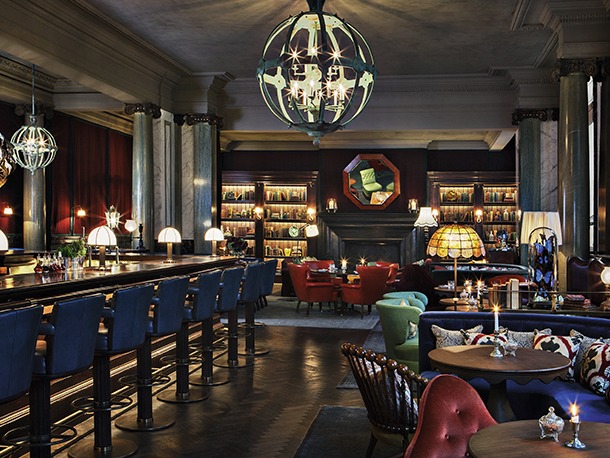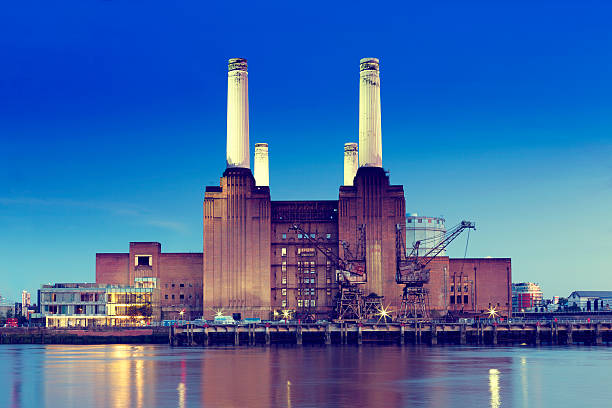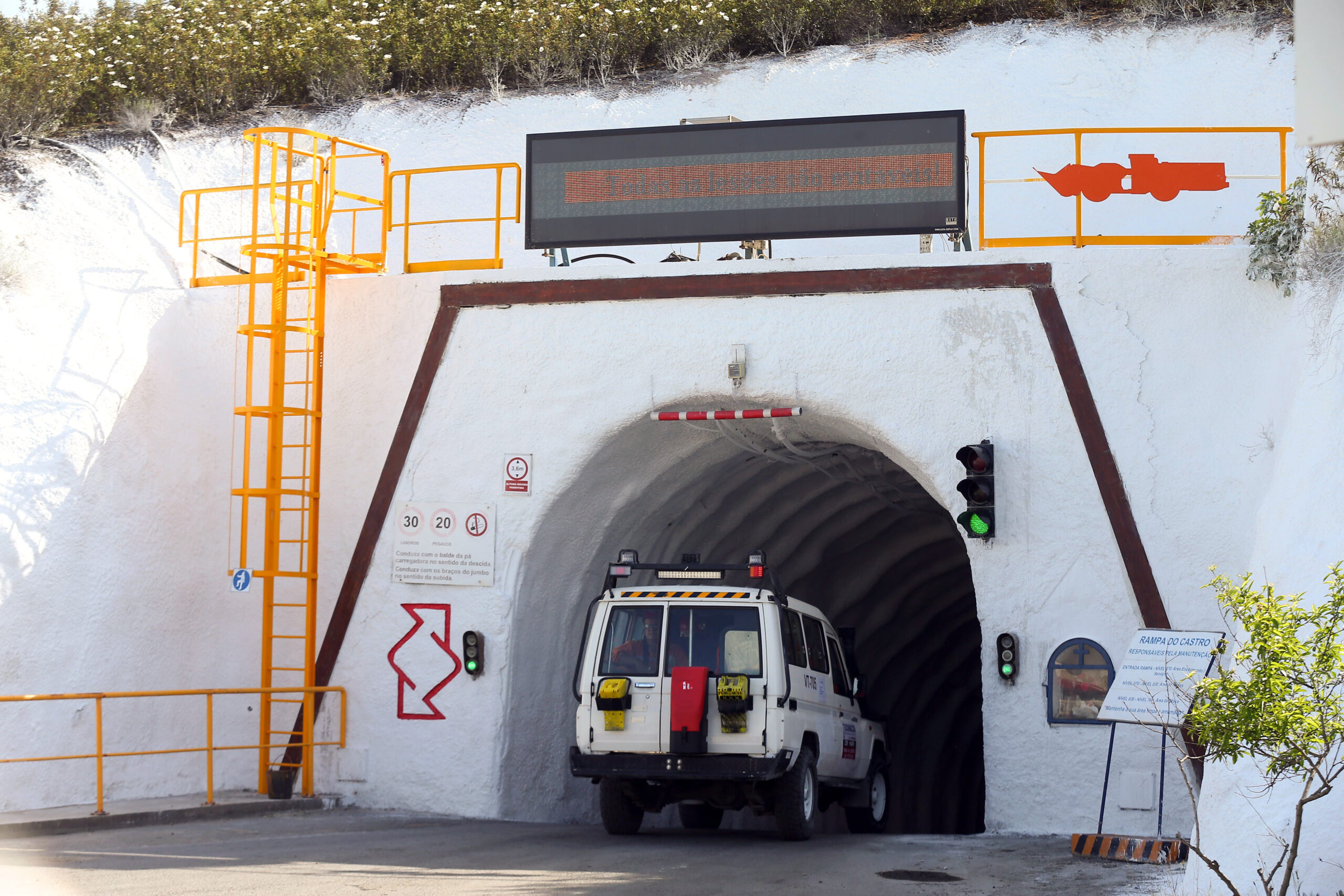
The tower, designed by renowned architects Helmut Jahn and Werner Sobek, is set to be completed by the end of 2016. Shortly after the launch of the innovative MULTI-elevator system from ThyssenKrupp, the company laid the foundation for its test tower in Rottweil, Germany. From 2016 onwards, ThyssenKrupp Elevator's innovative products will be tested within this tower, which is emerging as a crucial element in the company's global research and development strategy.
The tower's first stone was laid on Tuesday afternoon by Andreas Schierenbeck, CEO of ThyssenKrupp Elevator AG (pictured), Alexander Keller, responsible for the European business of ThyssenKrupp Elevator and Ralf Broß, Mayor of the city of Rottweil, as well as Helmut Jahn and Werner Sobek. This impressive structure will reach its final height relatively quickly, in the summer of 2015. After this time, very little will be visible from the exterior of the complex work going on inside. Shortly before the end of the construction work, the tower will be clad with the striking façade designed by its architects.
In all, nine test shafts for future elevator innovations will be ready for ThyssenKrupp's research and development department. Three shafts, each of them with a height of 100 metres, will be dedicated to the new MULTI system. Presented at the end of November, MULTI is ThyssenKrupp's latest offering of a new and efficient transport solution for mid and high-rise buildings. With this breakthrough, the long-pursued dream of operating multiple cabins in the same elevator shaft is made possible through the application of linear motor technology of the 'Transrapid' magnetic levitation train. In a manner similar to a metro system, the MULTI design can incorporate various self-propelled elevator cabins per shaft, running in a loop, thus increasing the shaft transport capacity by up to 50 percent, and making it possible to reduce the elevator footprint in buildings by as much as half.
"To get this ground-breaking product onto the market, our new tower in Rottweil provides the perfect test and certification environment. The tower is set to be completed at the end of 2016, and by this time, we aim to have a running prototype of MULTI", Schierenbeck said.
Soon the test tower's foundation will be established at a depth of approximately 32 metres. A total of about 30,000 cubic meters of excavated soil was moved from the ground. The two metre thick base plate consists of 680 cubic metres of concrete and 100 tons of steel. When complete, the tower will weigh more than 50,000 tons. A glassed viewing platform is incorporated at a height of 232 metres: this public observation deck will provide a 360° view of the region around Rottweil and is set to become an attraction for tourists in Baden-Württemberg. In this sense, the test tower is more than a functional building for research and development. Designed with sustainability and resource conservation in mind, it represents ThyssenKrupp's engineering expertise while its shape evokes Rottweil's medieval church and defence towers. The interplay of height and design will make ThyssenKrupp's research and development tower one of the most distinctive buildings in southern Germany.
ThyssenKrupp's investment in the test tower of more than €40 million underlines the special importance of this region: Together with the elevator plant in Neuhausen auf den Fildern, currently being transformed into a technology park, and the Pliezhausen R&D facility, Rottweil and the test tower will form a centre of innovation for elevator technology with a total of over 1,500 employees across the region. Universities near Stuttgart and Konstanz in Germany and St. Gallen, Zurich, and Winterthur in Switzerland, with around 10,000 students of engineering, also offer an excellent recruitment base for ThyssenKrupp.
"Innovation is a tradition in the oldest city in Baden-Württemberg," said Ralf Broß. The people of Rottweil are looking forward to the tower, which is a great opportunity for our city." From the beginning, ThyssenKrupp and the city government worked together closely to establish a broad-based information and participation process. "The tower will be a beacon for more innovation-friendly businesses as well as tourists, who can enjoy a view of the Swabian Alb, Black Forest, and the Alps from the tower's viewing platform. This is what won over Rottweil's citizens as well as its council," said Broß.













